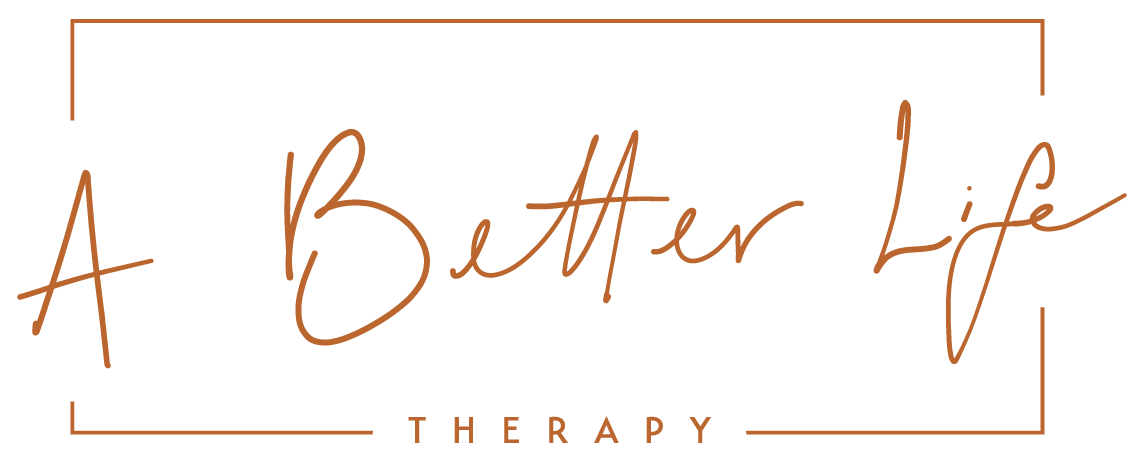Romantic Relationships: The 4 Attachment Types
There are 4 types of attachment in romantic relationships:
Secure
Anxious
Avoidant
Anxious-Avoidant or Disorganized
These are the ways that adults perceive and respond to intimacy in romantic relationships. Our attachment type is initially determined by our upbringing and can be altered later in life by our relationship experiences. Each type determines our attitudes towards sex, views on intimacy, expectations of partners, and the way we handle conflict. Just over 50% of adults have a secure attachment, meaning they feel comfortable with intimacy and are usually nurturing and warm. Around 20% of adults have an anxious attachment. They become preoccupied with thoughts about their relationship, they worry that their partner doesn’t love them, and crave intimacy. Roughly 25% of adults have an avoidant attachment. They try to minimize closeness and togetherness and equate intimacy with a loss of independence. The remaining 5% of adults have the less common anxious-avoidant attachment type. They crave reassurance from their partner, worry about not being enough, yet feel confined by relationships and seek independence by pushing their partner away.
Understanding your Attachment Type:
Determining your attachment in romantic relationships is fairly straight forward.The image demonstrates the two dimensions that make up a person’s romantic attachment: anxiety and avoidance in regards to intimacy, closeness, and togetherness. Along the Anxiety dimension, think about how much you think about any of the following statements:
“I worry my partner will stop loving me.”
“When apart, I worry my partner may become interested in someone else.”
“I think about my relationship a lot.”
“I am very sensitive to my partner’s moods.”
“I worry I am not attractive enough.”
“If my partner seems cold I worry I’ve done something wrong to upset them.”
Along the Avoidance dimension, think about how much you think any of the following statements:
“Sometimes when I get what I want in a relationship it’s not what I want it anymore."
“I feel nervous when my partner gets too close.”
“My partners often want more intimacy than I do.”
“I hate feeling depended on by others.”
“My independence is more important than relationships.”
“It’s difficult for me to depend on romantic partners.”
If most of the above does not sound like you, you are most likely secure. This means that you have low anxiety and low avoidance. If one of these dimensions sound like you, it is most likely your attachment style (high anxiety and low avoidance = Anxious; low anxiety and high avoidance = Avoidant). If both dimensions sound like you, you may be in the category of people with the anxious-avoidant attachment style (high anxiety and high avoidance).
Emma Carpenter, MA is a Philly based pre-licensed couples therapist and a level 2 trained Gottman Therapist. Emma works with millennial individuals and couples and supports them through life transitions and relationship issues.You can follow her on Instagram @moderncouplestherapist



